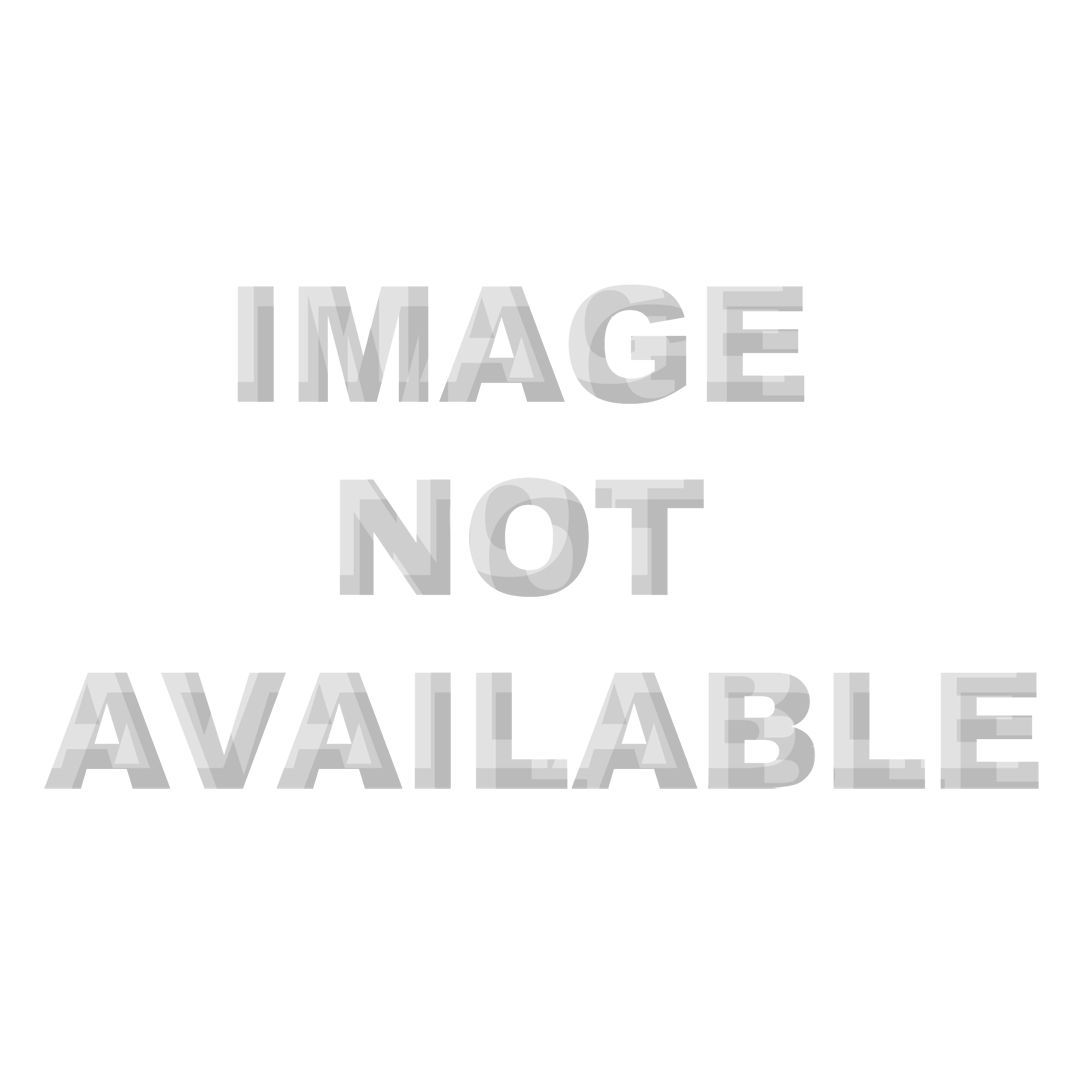Keez Duyves, Stije Hallema, Maja Kuzmanovic, Krien Soeting, Remco Verveer, Ivar van Hoorn: Once Upon a Moment
Title:
- Once Upon a Moment
Artist(s) and People Involved:
Exhibiting Artist(s):
Symposium:
- ISEA97: Eighth International Symposium on Electronic Art
-
More artworks from ISEA97:


Artist Statement:
Once upon a moment is a project evolved from various experiments in the field of interactive film, photography and story telling. It is conceived as a convergence between traditional disciplines and new media, that should grant a surplus value of interactivity to the final outcome of the project: interactive film. Before linear film was developed, the base of early cinema were loops. As we are standing at the beginnings of interactive cinema, and facing the same problems of storage (and output) capacity as the early media, loops are re-entering the stage, again. They are build of a respectively small amount of data, but can contain a complex narrative. A loop is theoretically never-ending, what allows constant dynamics in the output: the duration of the film is very flexible, it can last as long as a linear film would last (if the viewer chooses his next step by seeing the loop only one time), it can be extended until a day, or compressed until exclusively choice-moments… in each case, the image will keep moving. The ‘next’ frame, during the viewing, isn’t defined by the director, as in traditional film. Viewer can benefit from the repetitive nature of a loop to learn more about an event, for during repetition of the same 5 seconds-piece, he can ‘see’ and remember a larger amount of information than during 5 seconds of a linear film. With Once Upon a Moment, we aim at avoiding ‘choice-moments’, where the movement of the image stops and the viewer is asked to make a decision about the development of the story. By integrating photographical and filmic-elements in the context of interaction, we try not to ‘tear the viewer loose’ from the fabula, but allow him to navigate transparently through the events. Filmic choice-moments are made possible by the usage of loops and Photographic-Interactive-Parallel-Sequence (PIPS), an example of interactive photography, where the sequences don’t evolve in time but in space, allowing the viewer to steer through the moment. Content of Once Upon a Moment is a short science-fiction story created for a loop-based film. It emerged from the study of usage of rhythm and repetition in formulaic narratives. The story has a linear structure build of various episodes, whose ‘organization’ in time isn’t strictly fixed. Narrative ‘mystery’ is here shifted into a ‘collage’ of patterns, allowing the existence of ‘association’ space. The usual plot-development from introduction through conflict to solution is in the story shifted into a more ‘life-like’ experience, built of routinized cycles with a few tense moments of action in between, moments where many narratives converge and one is forced to make, often unconsciously, a decision and steer the future of the story. The viewer should learn to interact with the narrative as if it were a physical body: it can follow or fight his decisions, seduce him to follow a path, or keep mourning the same sentence until he decides to take an action.
Category:
All Works by the Artist(s) in This Archive:
- Keez Duyves

Once Upon a Moment
[ ISEA97]
Creation of Change
[ ISEA97]- Stije Hallema

Once Upon a Moment
[ ISEA97]- Maja Kuzmanovic

Once Upon a Moment
[ ISEA97]
Creation of Change
[ ISEA97]- Krien Soeting

Once Upon a Moment
[ ISEA97]- Remco Verveer

Once Upon a Moment
[ ISEA97]- Ivar van Hoorn

Once Upon a Moment
[ ISEA97]





